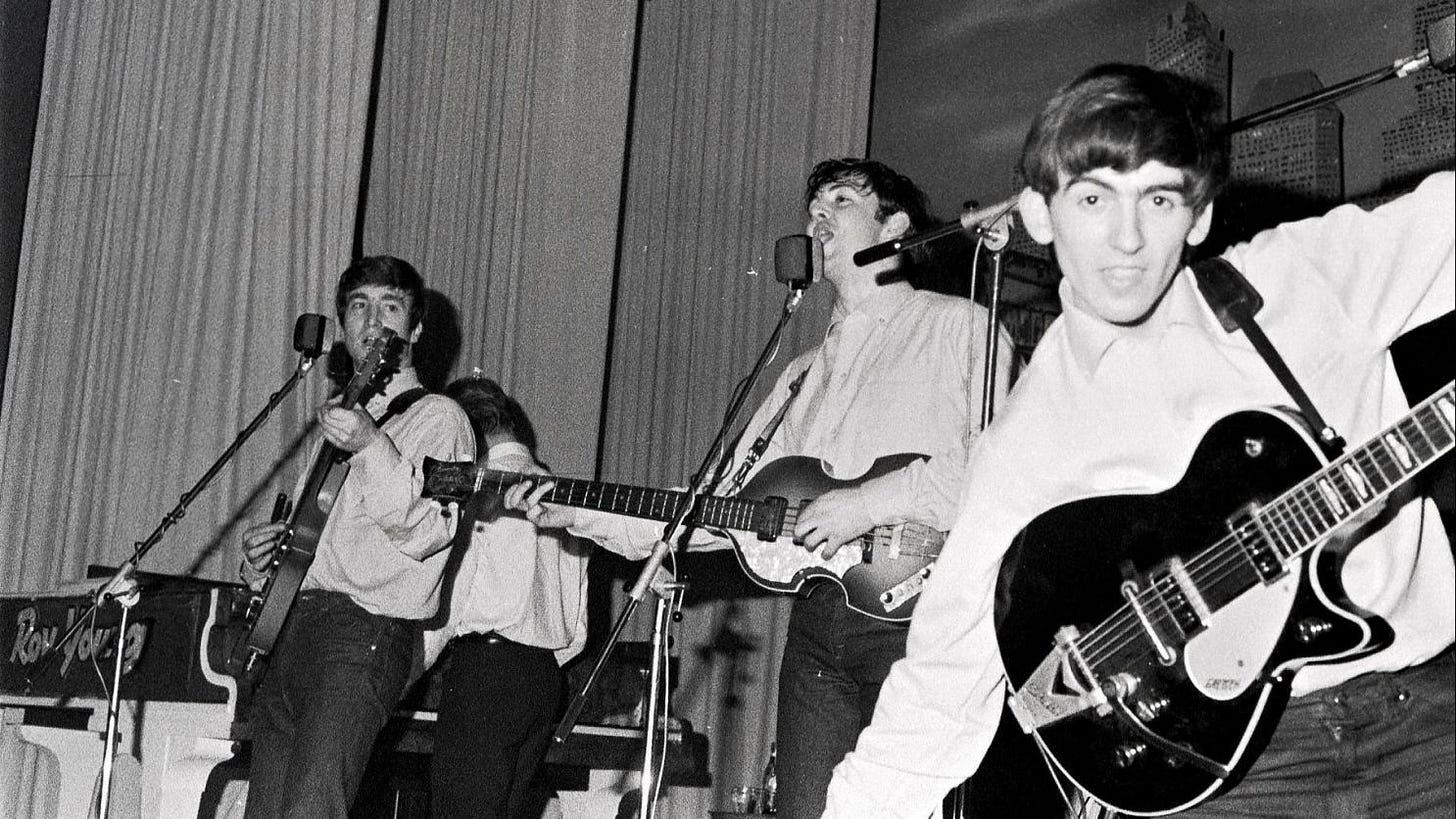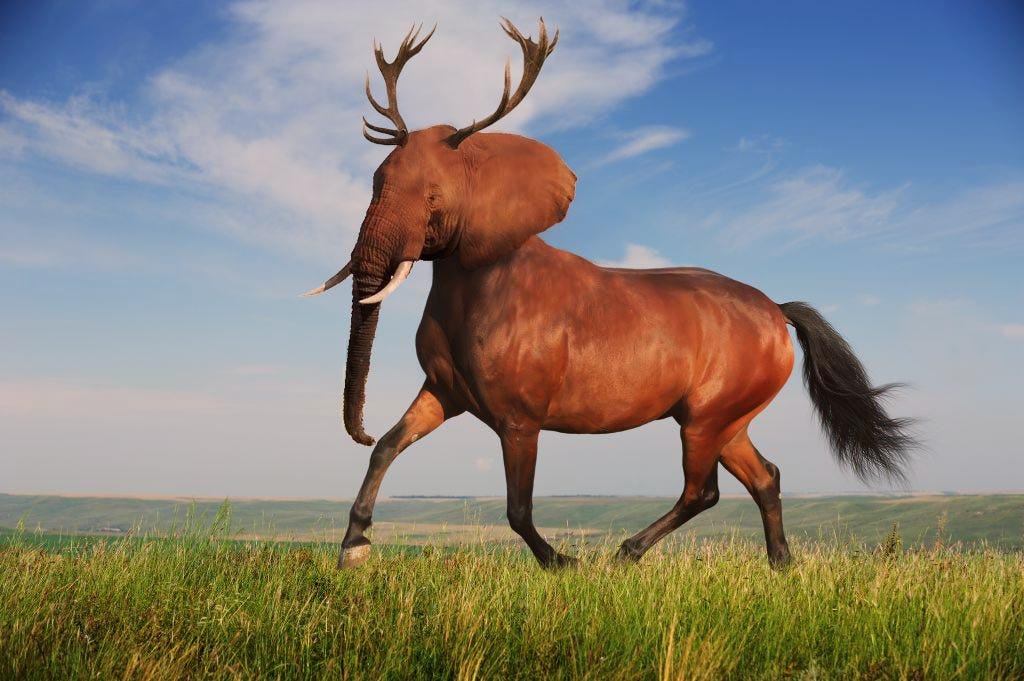Earlier you could see tons on posts on Facebook, with people putting up statistically validated and scientifically tested personality traits from their star sign and go “I’m a Leo, so you got to accept that I am possessive”. Star signs had entered the fall guy list right after circumstances, and “I was that person”.
And now we have a more nuanced, sophisticated fall guy – MBTI. People put their MBTI type on their Tinder Bio to justify their dysfunctional behavior, acting like it is a manufacturing defect that they can do nothing about.
Myers-Briggs Type Indicator is a personality test taken by more than 2.5 M people every year. They categorize people into 16 types based on the combinations of the four:
· Introvert or Extrovert
· Thinking or Feeling
· Intuiting or Sensing
· Judging or Perceiving
Adam Grant, psychologist and professor at the Wharton School
These tests are neither consistent across time, neither are their categorizations mutually exclusive. But people love typecasting themselves. I am sure that rather than the research and reasoning in this article, if we had invested 15-min of our time creating a generic survey telling you how creative you are, we would have hit 10x more page views and engagement (But then we love our niche little audience, who is interested in real stuff).
I am not the Creative Type
And of the most important judgements people make about themselves is about their Creativity. Apparently, people are very sure about how creative they are – they know that “She’s the creative one, or I am a more conventional guy”. People associate creativeness with smart work, as if their god gifted skills will compensate for their requirement to do hard work.
Forget normal jobs, let us talk about the epitome of creativity – Art.
Psychologist K. Anders Ericsson who conducted a study at Berlin’s Academy of Music. Here, he grouped the school’s violinists into three tiers according to ability and asked each student how many hours of violin they had practiced throughout their lives. Those in the top tier had practiced a total of 10,000 hours, those in the middle had practiced for 8,000 hours, and those in the bottom tier, 4,000.
Remember our love for The Beatles? Well, early on in their career, landed a regular set of gigs in a series of strip clubs in Hamburg, Germany. They had to play long sets, often around the clock, to try to attract those passing by. After a year and a half, they had played a total of 270 nights. By their big break in 1964, they had performed live more than 1,200 times, significantly more than most bands play in their entire careers, thus setting themselves up for success.
Malcolm Gladwell, in his best-seller Outliers, describes the intelligence threshold - Once you exceed a score of 120, you won’t enjoy more measurable real-world advantages than those with a score of 180. He then in his book, does go on to explain how demography and history play a role in creating Outliers ( i.e. highly successful people), but let us come back to Creativity.
What influences creativity?
Psychologists have spent decades attempting to find out whether innate talent exists. However, the more they research this question, the more they realize preparation plays a big role in the formation of talent. Studies of identical twins separated at birth indicate that our ability to think creatively comes one-third from genetics; but two-thirds of the innovation skill set comes through learning—first understanding a given skill, then practicing it, experimenting, and ultimately gaining confidence in one’s capacity to create. Sound like smart work is actually a lot of hard work.
There is one skill, that one can practice is Associating. The brain doesn’t store information like a dictionary, where you can find the word “theatre” under the letter “T.” Instead, it associates the word “theatre” with any number of experiences from our lives. The more diverse our experience and knowledge, the more connections the brain can make.
There are certain divergent thinking tests that help you in the process, but it is more of a skill to be practiced. Associating is like a mental muscle that can grow stronger by more questioning, and more mash-ups. It’s like math. If you are a person whose work requires basic mental calculations every day, your calculations will be much faster than an adult who isn’t practicing. Does it mean the other guy is dumb? No, it’s muscle memory.
Try out this exercise – pick any two random things and try to list as many uses as possible. Look at two seemingly unrelated topics, and see if they can come together to make anything new of value. It is basically like having a diverse workforce in an organization – instead you are capitalizing your diverse experiences and forcefully fusing them together.
In effect, imagine another person endowed with the same brains and natural talents that you have You’re both given one week to come up with a creative new business-venture idea. During that week, you come up with ideas alone in your room. In contrast, your twin (1) talks with 10 people—including an engineer, a musician, a stay-at-home dad, and a designer—about the venture, (2) visits three innovative start-ups to observe what they do, (3) samples five “new to the market” products, (4) shows a prototype he’s built to five people, and (5) asks the questions “What if I tried this?” and “Why do you do that?” at least 10 times each day during these networking, observing, and experimenting activities. Who do you bet will come up with the more innovative (and doable) idea?
Repeat after me
Creativity can be practiced. Through questioning, experimenting and ultimately gaining confidence in one’s capacity to create.






